US Transportation Hubs Designs’ Prioritization of Innovation, Sustainability, and Multimodal Integration at the Forefront of Improving Human Connection

Transportation hubs serve as the gateways to our cities, connecting travelers from different parts of the world and facilitating the movement of goods and people. In the United States, these hubs encompass a diverse range of architectural designs, reflecting the evolution of transportation infrastructure and the needs of modern society. From airports to rail stations and mass transit terminals, each hub is a testament to innovation, efficiency, and convenience, with potential for growth in the future.
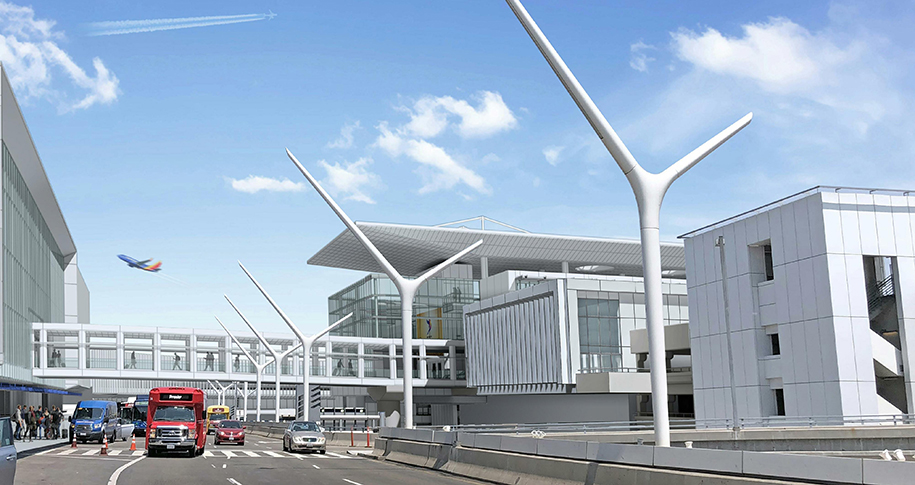
Airport Architecture
Airports are often the first and last impression travelers have of a city or region. In recent years, airport architecture in the US has undergone significant transformations, blending functionality with aesthetics to create welcoming and efficient spaces. Many airports have embraced open, light-filled designs, incorporating ample natural light and spacious interiors to enhance the passenger experience. Examples include the iconic terminals of Denver International Airport and San Francisco International Airport, which feature sweeping roofs and expansive glass facades.
Additionally, sustainability has become a key consideration in airport design, with features such as energy-efficient lighting, water conservation systems, and renewable energy sources being integrated into new and renovated terminals. This aligns with the broader trend of eco-friendly architecture and reflects the aviation industry's commitment to reducing its environmental footprint.
Future airport designs are likely to prioritize efficiency and adaptability to accommodate growing passenger volumes and technological advancements. Concepts such as modular terminals, vertical expansion, and seamless passenger flow through automated processes are expected to shape the next generation of airport architecture. Additionally, there's increasing emphasis on creating immersive experiences within airports, with amenities ranging from art installations to wellness centers, transforming these spaces into destinations in their own right.
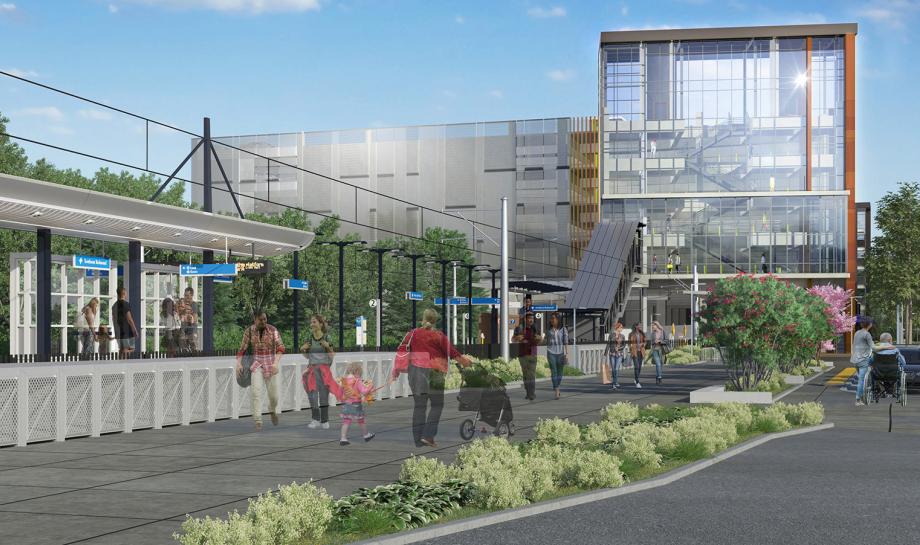
Rail Station Architecture
Rail stations serve as vital nodes in the transportation network, linking cities and regions through intercity and commuter rail services. In the US, rail station architecture varies widely, ranging from historic landmarks like New York's Grand Central Terminal to modern transit hubs like Union Station in Washington, D.C. Despite their differences, these stations share a common emphasis on functionality, connectivity, and architectural grandeur.
Historic stations have been meticulously restored to preserve their architectural heritage while meeting contemporary transportation needs. Meanwhile, new rail stations are designed with a focus on accessibility, incorporating features such as level boarding platforms, wayfinding systems, and multimodal connections to accommodate diverse passenger needs.
Future rail station designs are likely to embrace concepts such as transit-oriented development, integrating stations seamlessly into surrounding urban environments. This involves creating mixed-use spaces that combine transportation facilities with retail, commercial, and residential components, fostering vibrant and sustainable communities. Additionally, advancements in high-speed rail technology may inspire the design of futuristic stations capable of accommodating faster trains and enhancing intercity connectivity.

Mass Transit Terminals
Mass transit terminals play a crucial role in urban mobility, providing convenient access to buses, trains, and other forms of public transportation. In recent years, there has been a growing focus on enhancing the architectural quality of these terminals, transforming them from utilitarian structures into iconic landmarks.
Many modern mass transit terminals feature striking architectural elements, such as bold geometric forms, dynamic facades, and innovative use of materials. Examples include the Fulton Center in New York City and the Salesforce Transit Center in San Francisco, which serve as architectural icons while seamlessly integrating multiple transit modes under one roof.
Upcoming mass transit terminal designs are likely to prioritize connectivity and multimodal integration, enabling seamless transfers between different modes of transportation. This may involve the creation of underground concourses, elevated walkways, or skybridges to facilitate pedestrian movement and improve accessibility. Additionally, advancements in digital technology are expected to play a significant role, with features such as real-time passenger information systems, contactless payment options, and integrated smartphone apps enhancing the transit experience.
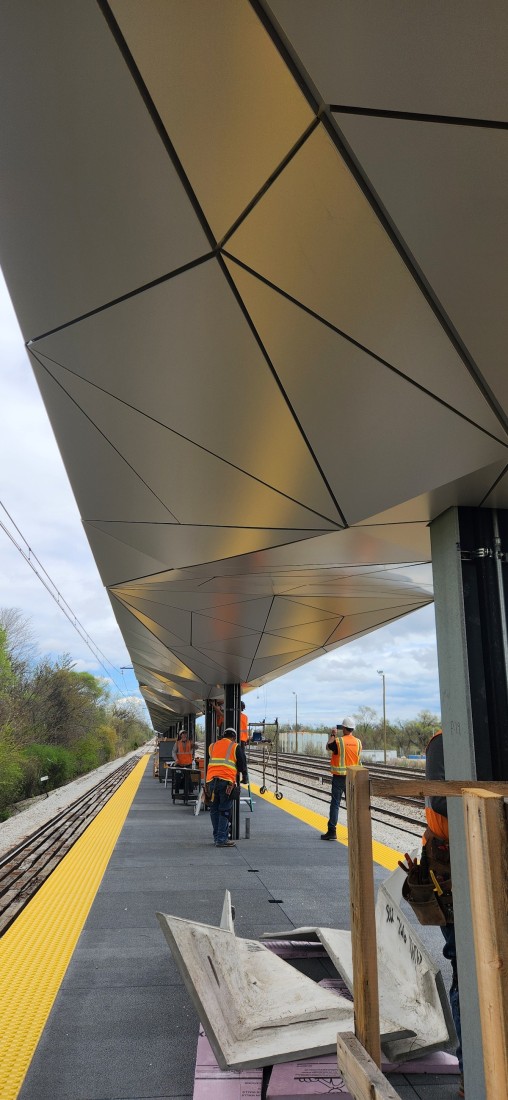
The architectural designs of transportation hubs in the US reflect the evolving needs of society, blending functionality, sustainability, and aesthetics to create iconic landmarks that shape the urban landscape. From airports to rail stations and mass transit terminals, these hubs serve as vital nodes in the transportation network, connecting people and places with efficiency and convenience. Design trends in the future are likely to emphasize innovation, sustainability, and multimodal integration, transforming transportation hubs into dynamic and interconnected spaces that enhance the overall quality of urban life.


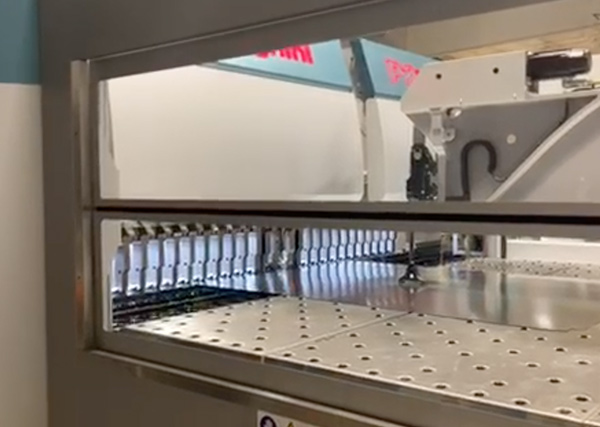
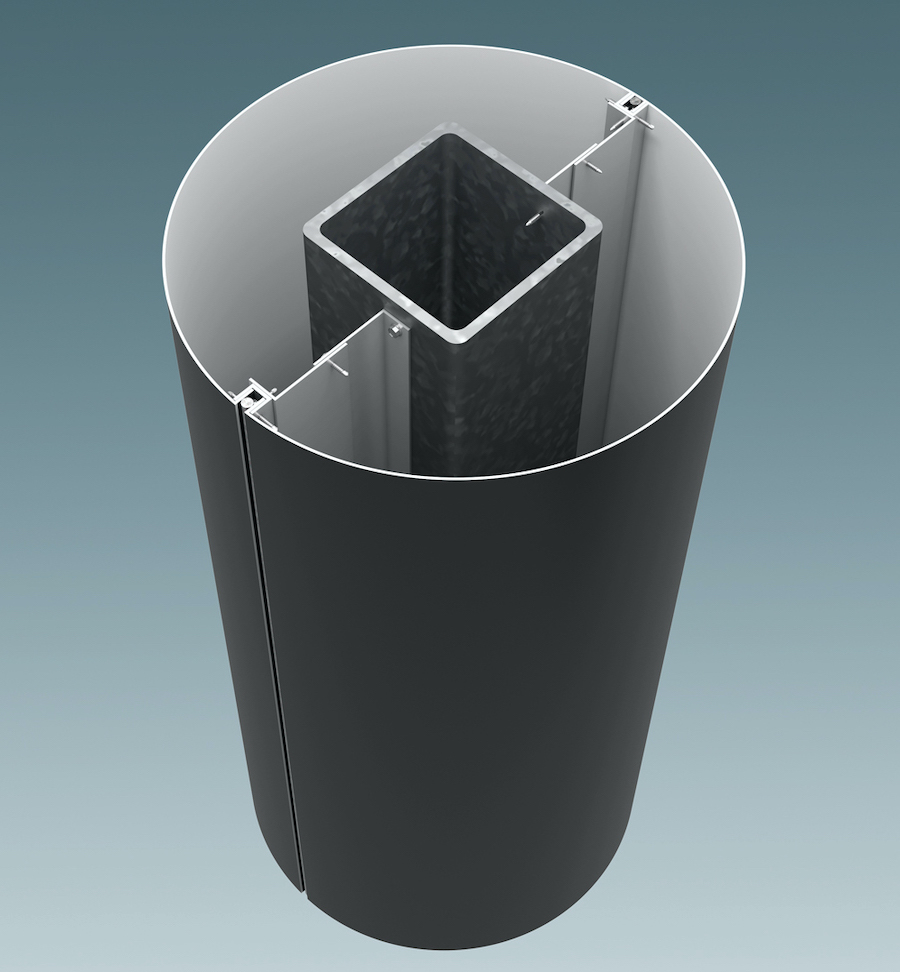

.png)
